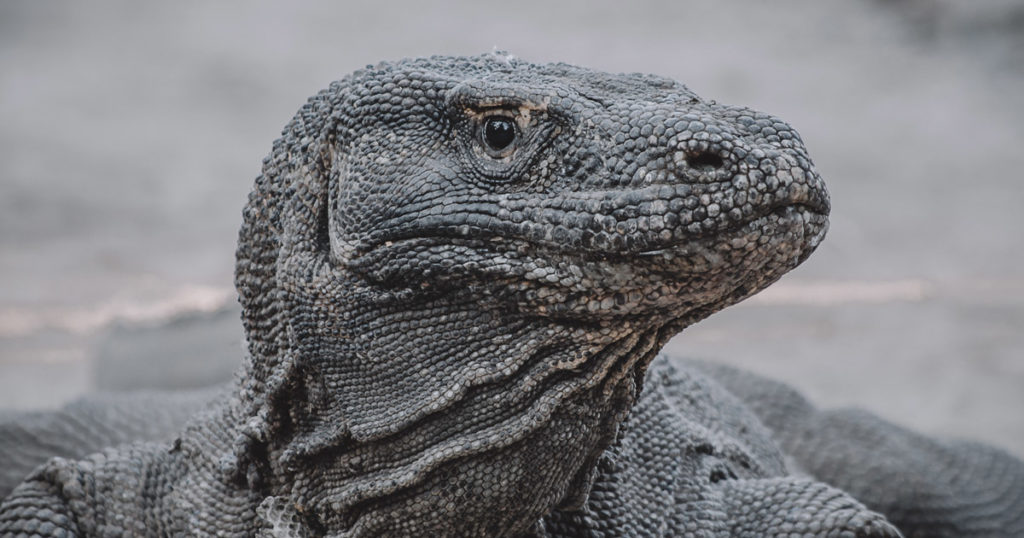
Southern sea otters (Enhydra lutris nereis), endangered marine mammals along California’s coastlines, are facing an unexpected threat. The menace comes not from pollution, habitat loss or natural predators, but from a microscopic enemy—Toxoplasma gondii (T. gondii). This protozoan parasite, typically associated with domestic cats, has found its way into marine ecosystems with sometimes deadly consequences for sea otters. Recently, scientists identified transmission of virulent, atypical strains of T. gondii from terrestrial felids to sea otters along the southern California coast, with lethal consequences (1).
Understanding T. gondii and Its Hosts
T. gondii is a versatile parasite that can infect nearly all warm-blooded animals, including humans and marine mammals. However, the T. gondii lifecycle depends upon felids (e.g., domestic cats and their wild relatives) who serve as definitive hosts. It is in their intestines that the parasite completes its sexual reproductive stage. The resulting oocysts are excreted in the animals’ feces. T. gondii oocysts exhibit remarkable resilience, surviving in soil, freshwater and seawater for extended periods. They are even resistant to standard wastewater treatment processes, which means oocysts in cat waste disposed of by flushing will pass through the treatment plant and be discharged into the environment. (2,3).
Oocysts can also be washed from soil contaminated with cat waste and carried via storm drains and rivers into the ocean, dispersing them into coastal waters. Once there, the oocysts settle on kelp or in sediments where they can be picked up by marine invertebrates like snails, mussels and clams. Marine mammals such as sea otters become infected when they consume these contaminated invertebrates. Otters can also ingest oocysts during grooming sessions (1,3).
Continue reading “Don’t Flush Your Kitty Litter! Toxoplasmosis Is a Growing Threat to Sea Otters and Other Marine Mammals”



 Whether your first encounter was peering through the thick glass of an aquarium tank or peeking through your fingers in a darkened theater, there is something about sharks that captures our imagination. These fierce, and sometimes fearsome, creatures have existed in our oceans for over 400 million years, and survived multiple mass extinction events, including the one that killed the dinosaurs. They are not, however, the vicious, vengeful villain that some movies would have us believe. Sharks are apex predators, who play an important role in the world’s ocean ecosystem by regulating the population of prey species below them. Unfortunately, they are also part of one of the most threatened group of marine fish in the world. Of the more than 400 species of sharks that exist in our oceans today, approximately 15% are considered vulnerable, endangered or critically endangered.
Whether your first encounter was peering through the thick glass of an aquarium tank or peeking through your fingers in a darkened theater, there is something about sharks that captures our imagination. These fierce, and sometimes fearsome, creatures have existed in our oceans for over 400 million years, and survived multiple mass extinction events, including the one that killed the dinosaurs. They are not, however, the vicious, vengeful villain that some movies would have us believe. Sharks are apex predators, who play an important role in the world’s ocean ecosystem by regulating the population of prey species below them. Unfortunately, they are also part of one of the most threatened group of marine fish in the world. Of the more than 400 species of sharks that exist in our oceans today, approximately 15% are considered vulnerable, endangered or critically endangered. 


